Over the past few weeks, heavy rains and the first severe cold spell have hit Ukraine. And on November 26, the country was hit by a terrible tornado accompanied by a snowstorm, which forced almost the entire south to restrict movement.
Of course, such weather conditions have influenced and will continue to influence the nature of conflicts.
In Ukraine, there is growing talk of roadlessness and attacks on energy infrastructure.
On the night of November 25, Russia attacked Ukraine with a record number of UAVs, focusing on Kiev. This day can be considered the beginning of the winter campaign in the conflict. Usually, the arrival of winter significantly slows the pace of fighting.
However, as last year demonstrated, this is not always the case and not everywhere.
How the nature of the conflict might change in winter, what factors would influence the actions of the parties and what difficulties their armies would encounter.
Russia attacks strongly on all fronts
Since October, after Ukraine's counter-offensive slowed down and seemed to have ended, Russia suddenly stepped up its attacks on the entire front with hotspots Avdiika, Bakhmut, Marinka, Kupyansk, Verbovoye, Rabotino, Kherson.
The latest update on the situation as of December 1 shows that Russia has achieved positive results:
In the direction of Avdiivka - the hottest hot spot today - Moscow forces have cleared out pockets of resistance in the industrial zone in the south. In the north, after capturing the slag dump, an important high point, the Russians have begun an attack on the coal and chemical plant. Supply lines to the city for Ukrainian forces have been basically controlled by fire.
In the Kupyansk direction , following the motto of fighting slowly, advancing steadily, and inching forward step by step, the Western group of Russian forces, in several weeks of systematic attacks deep into the enemy's defense line, pushed back the Kiev formations from several positions south and southwest of the village of Liman 1 and took control of the village of Sinkovka.
On the flank of Bakhmut, Moscow's forces gained the initiative, Kiev exhausted its resources in unsuccessful attempts to besiege the city.
Northwest of Bakhmut, the Russian 98th Guards Airborne Division successfully repelled an attack on the Berkhovsky reservoir and then counterattacked towards Bogdanovka and Khromovo, expanding control around the reservoir (taking back from the Ukrainians what they had captured for several months at great cost), successfully taking control of Khromovo.
In Marinka , Russia also advanced slowly, forcing Ukrainian forces back to the western edge of the city. Moscow’s forces were only about 500 meters away from taking full control of this important cluster of strongholds.
Why did Russia choose this moment to attack strongly and continuously?
First, about the battle situation. Russia has withstood the stormy attacks of the "iron fist" Ukrainian brigades trained and equipped by NATO. Ukraine's counterattack has ended with heavy losses and low morale. After many attacks but not getting the corresponding results, Russia launched a "counterattack" that made Kiev's forces stumble.
At this moment, Russia has regained the initiative. Under heavy attack from Russia, Ukrainian forces are stretched thin in many places, patched up in one place and punctured in another.
Second, about the balance of power. Hundreds of thousands of new soldiers after being thoroughly trained were sent into battle by Russia along with many new weapons and equipment that had just come out of the factory.
Meanwhile, the Ukrainian forces, already severely depleted by the counteroffensive, have been dealt a further blow. Western aid to Kiev has been severely reduced. The balance of power is now clearly in Moscow’s favor.
Third, winter is coming, there is not much time left for large-scale combined arms battles, so Russia is taking advantage of every hour and every minute to rush forward to gain more territory, while at the same time wearing down the enemy's forces as much as possible.
Winter weather will certainly have a major impact on both Russia and Ukraine, especially on mechanized infantry.
It is not surprising that we are seeing Moscow forces attack Avdiivka with large-scale armored vehicles, because the coming winter weather will not be favorable for the use of heavy vehicles.
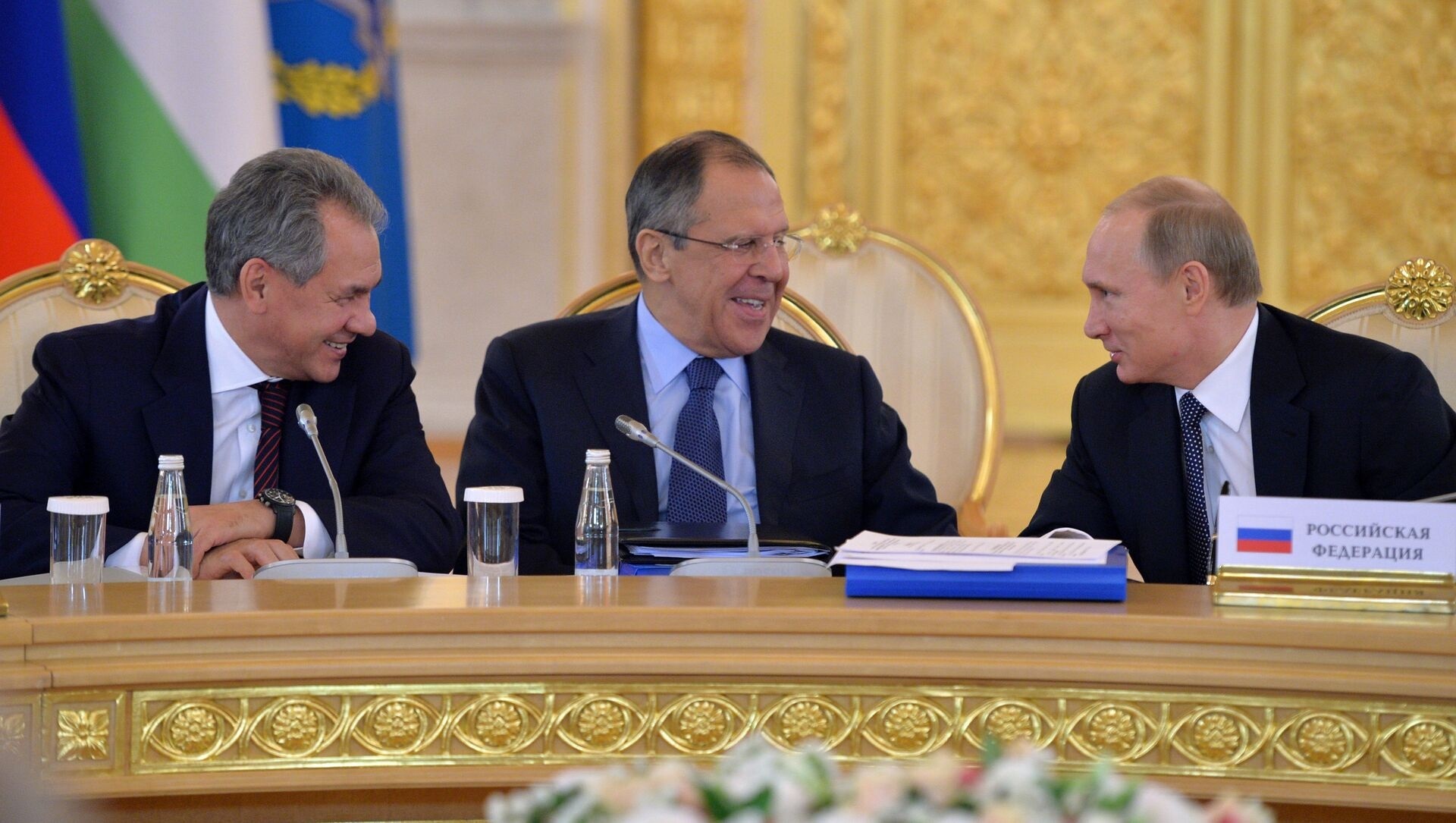
Russian President Putin with Foreign Minister Lavrov and Defense Minister Shoigu (Photo: Sputnik).
Even the "iron fists" are helpless against winter
Forecasters don't usually like to think too far ahead, but some long-term forecasts suggest next winter is likely to be, if not warmer, at least no colder than last year.
In particular, the Ukrainian Hydrometeorological Center predicts that December will be frosty, but the average daily air temperature will be 1-1.5⁰C higher than usual. In addition, Wisemeteo's forecast also indicates that January and February will be warmer than last year by an average of 2⁰C.
However, when it comes to a large country like Ukraine, detailed forecasts for each region are important.
For Kiev, Lvov, Vinnytsia and other rear-guard cities, regardless of whether the weather is warmer or colder, they are facing attacks on the energy sector. Meanwhile, at the front line, where fierce fighting is taking place, geographical and climatic conditions are extremely important because they greatly affect the conditions of combat, sometimes even determining victory or defeat.
In southern regions such as Zaporizhia and the Kherson region, where the heatwave is taking place, winters are mostly relatively warm but windy, which can make accurate artillery fire difficult. At the same time, because the terrain is practically flat, camouflage can be difficult.
On the other hand, Kharkov and Donbass - Eastern and Northeastern Ukraine - have quite diverse landscapes and climates: from mountainous terrain, rivers and streams in the Slobozhan region to steppes near the Donetsk region. It is easier to maneuver here than in the south, but defense also has advantages.
Rain has a major impact on fighting. In Melitopol, Berdyansk and the left bank of the Kherson region, rain is rare.
In Donetsk and Kramatorsk, according to Wisemeteo, winter will be wetter than last year, which could significantly affect the developments in Donbass. We can foresee tanks and armor buried in the ground, in mud and flooded trenches.
It would seem that in such conditions it is practically impossible to attack. However, it should be taken into account that the parties are increasingly using less and less large-scale frontal "armored fists", and instead, they often attack in small mobile groups. This tactic is more "winter-appropriate". Therefore, there will be no significant changes in the nature of offensive actions.
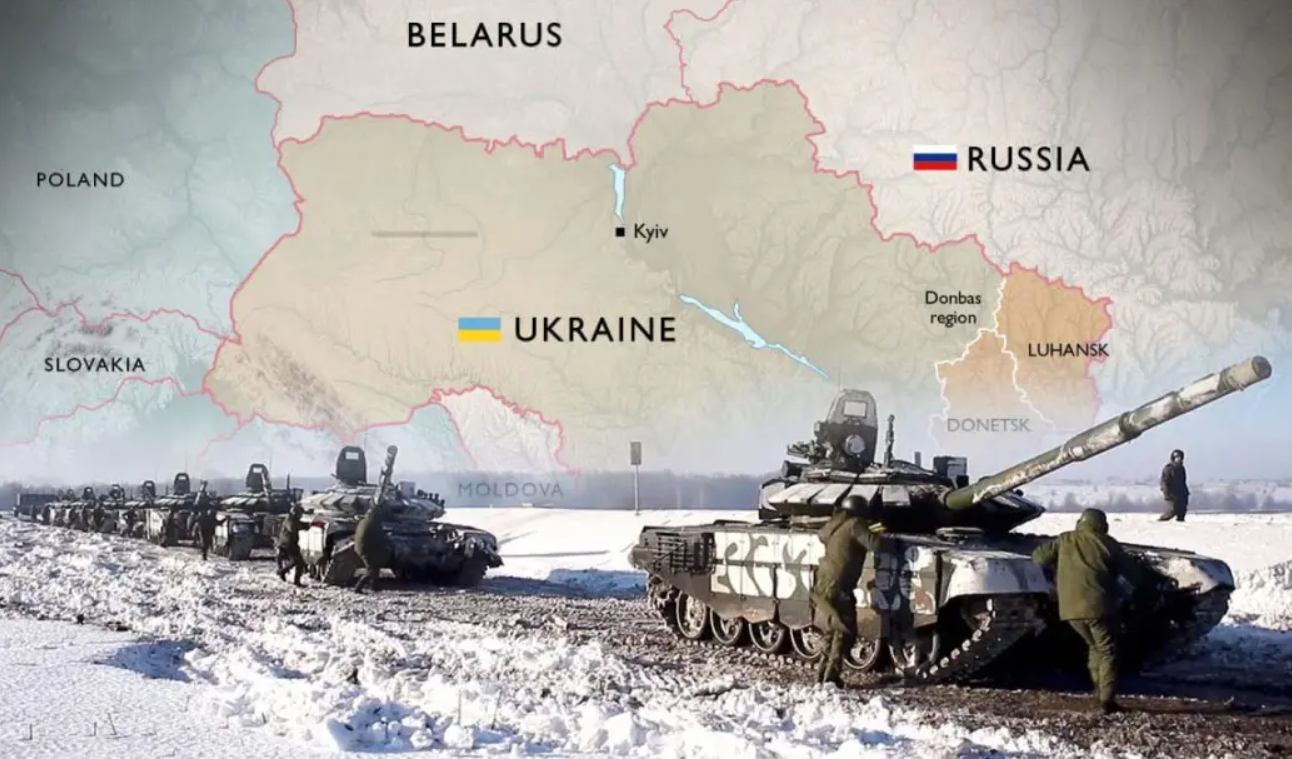
Armored tanks will have difficulty operating in Ukraine during winter (Photo: Telegram).
Snow, Frost, Technology and Uninvited Guests
Fighting in the snow is always extremely difficult.
First, many motor vehicles are unusable or less efficient when it snows.
Second, snow can be used for concealment but it can also be used for exposure. Any movement of troops cannot go unnoticed because of the tracks. However, snow can also be used to confuse or deceive the enemy.
Frosts, an indispensable attribute of winter, are no less important.
Soldiers must not only have cold-temperature survival skills, but also consider a number of factors related to the storage of weapons, clothing, equipment, and location.
For military equipment, seasonal maintenance must be performed, checking all parts and details, etc., playing an important role in preparing for winter operations.
"All equipment, whether armored vehicles or cars, has two operating seasons: spring-summer and autumn-winter. If the average temperature drops below +8⁰C, a complete change of operating method is required. Water or coolant, as well as special fluids, must be removed and replaced with winter ones," Mykola Solomakha, an expert in the Ukrainian armored industry, told Ukrainska Pravda.
As practice has shown, for the Ukrainian army there is little particular difference between the operational capabilities of Western and Soviet equipment in winter.
"In principle, both Western and Soviet cars have a cold start mode (starting the engine at sub-zero temperatures). But Western cars mainly use automatic heaters, while Soviet cars still have oil heaters," Mr. Solomakha shared.
If mud makes it difficult for machinery to operate, snow and ice in winter will cause additional problems during evacuation and repair.
“It’s actually very difficult. First of all, you can’t do repairs directly on the ground, you need to organize an evacuation, then arrange a location for the repairs,” said Mr. Solomaha.
Protecting your device from freezing is equally important, as it can affect system performance, especially the battery.
“We need to prepare separate parking spaces, prepare carpets, cover with tarpaulins. Everything will help keep the heat in,” the expert explained.
The need to maintain thermal comfort applies to soldiers in both mechanized and infantry units.
"There must be enough firewood, prepared firewood, a stove, and suitable camouflage so that smoke cannot be seen from a distance. People in freezing weather will lose heat quite quickly, so their diet must also include foods rich in calories to avoid hypothermia," said Mr. Solomakha.
As the cold weather sets in, uninvited guests – various rodents – move in with the soldiers in their dugouts and other hiding places. There is hardly anything that rats can ignore. If “stolen” food is not a serious problem, downed electrical wires and damaged expensive equipment are extremely annoying. Not to mention that they do not allow soldiers to sleep well.
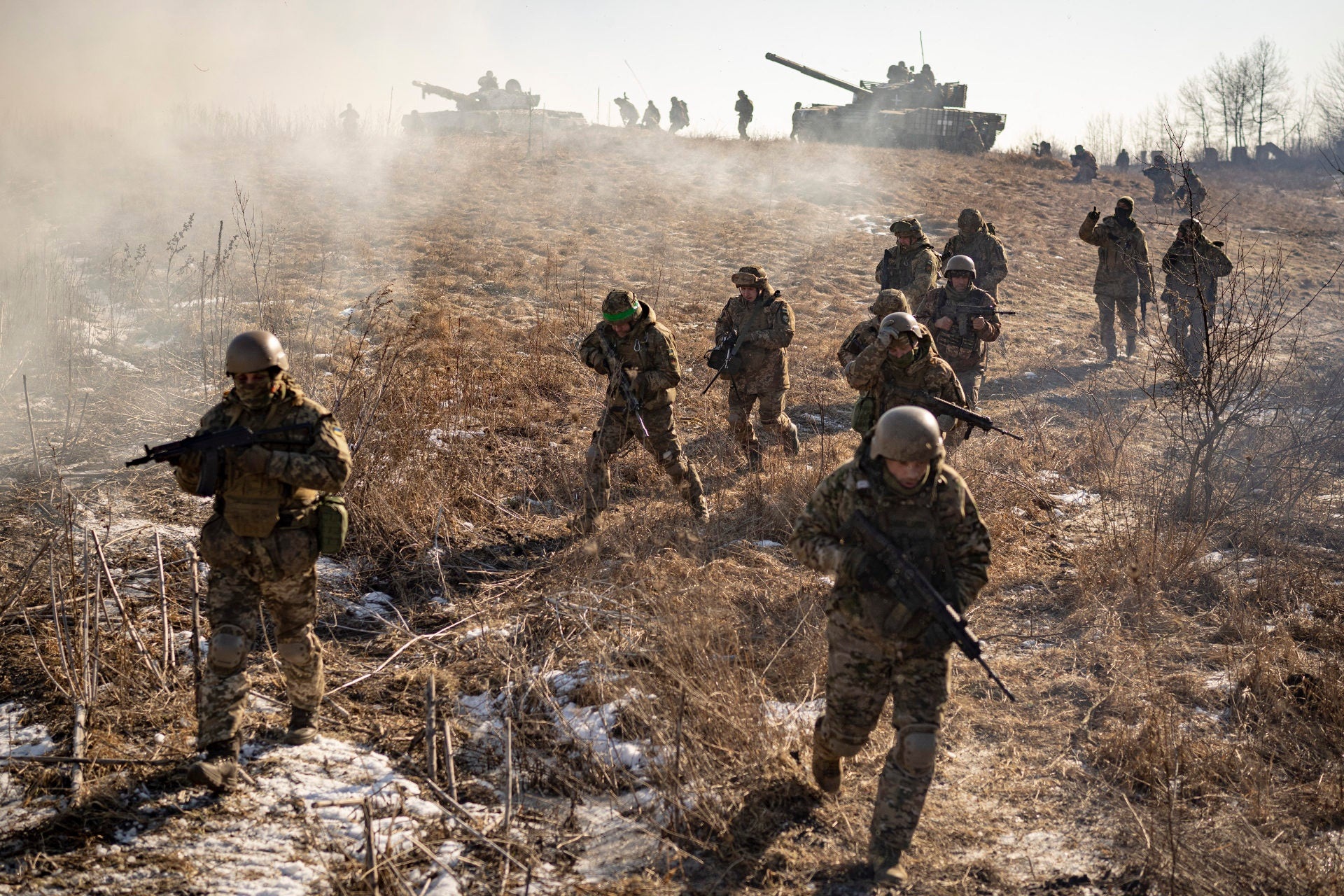
Ukrainian soldiers train in the cold (Photo: AP).
How do UAVs, missiles, reconnaissance and artillery work?
Unmanned aerial vehicles (UAVs) – including long-range attack UAVs, reconnaissance and FPV drones – have almost become one of the “key players” in this conflict.
Last winter, Russia fired about 1,000 long-range missiles and more than 1,000 Shahed-type UAVs (of Iranian origin) at critical infrastructure facilities in Ukraine.
Given estimates of Russia's missile buildup and apparent "hoarding" in recent months, the number of weapons capable of striking deep into Ukraine is unlikely to be less than last year.
However, the Ukrainian Air Force predicts that Russia will use significantly more UAVs this winter, as this type of aircraft has been mass-produced in Russia.
As Ukraine's air defenses are stronger than last year, the Russians are trying to combine missile and UAV strikes, while also improving camouflage and using new composite materials in their products.
"During the November 25 attack, a black Shahed UAV was found after being shot down. But I emphasize that this is an isolated incident and it is too early to say that the enemy used this method on a large scale," explained Yury Ignat, a spokesman for the Ukrainian Air Force.
According to him, the black color was probably chosen to make the UAV harder to see at night.
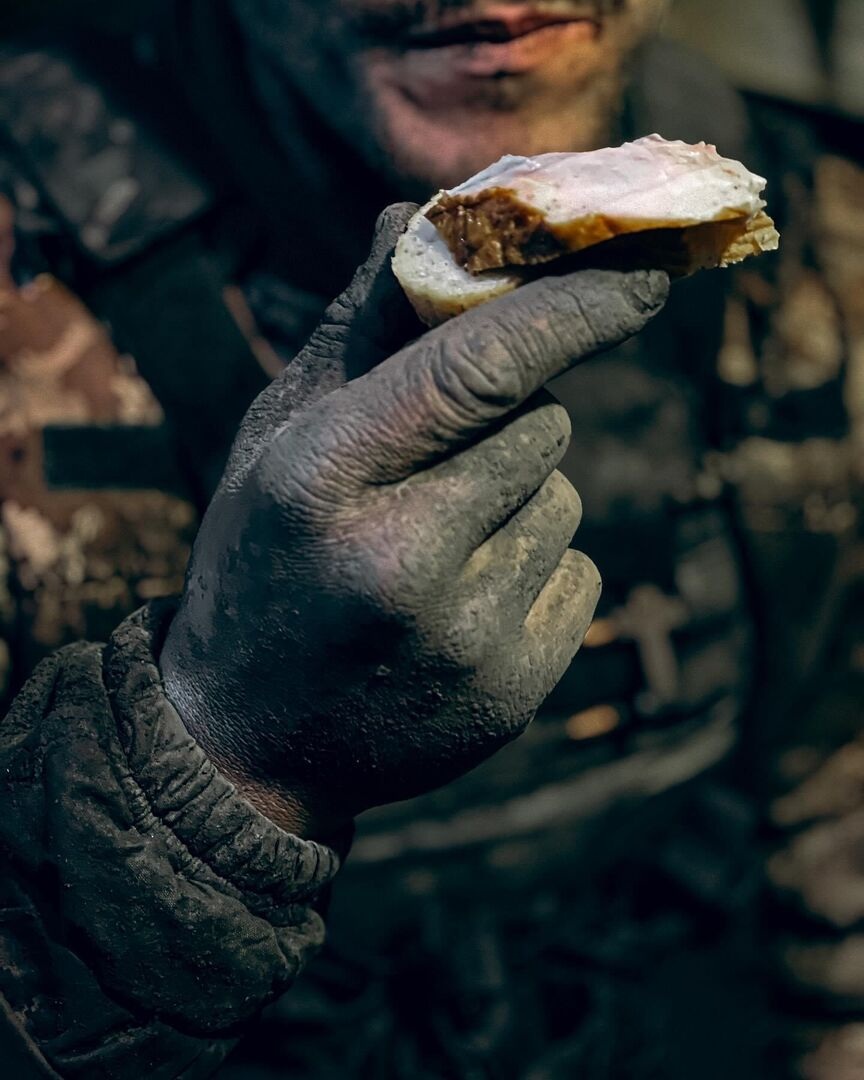
Ukrainian soldiers nibble on a piece of bread after an artillery barrage in the rain, cold and rats - "uninvited friends" (Photo: Telegram).
Mr. Ignat emphasized that for both aircraft and long-range UAVs, weather is an important but not a crucial factor.
“For example, if you had a storm a few days ago, then, of course, you wouldn't be able to fly in such weather, and the UAV would simply stop flying. But these are rare days,” the Ukrainian Air Force spokesman stressed.
He explained that the winter hardships were not mainly due to frost or cloud cover but to the temperature dropping from positive to negative.
"Conditionally, when the UAV takes off from the Krasnodar region (Russia) at a positive temperature and on the way the temperature turns negative, the wings freeze and of course this will affect its operation and accuracy," said Mr. Ignat.
If we talk about Iranian UAVs, frost will not directly affect the flight range because they have gasoline engines. But for most UAVs, lithium batteries can drain the battery twice as fast in cold weather. But even in this case, there are nuances.
“For FPV operations, frost is not a decisive factor, because all crews must always keep the UAV warm in winter, and when in use, it really does not affect its range or effective range,” one of the operators of attack UAVs in Donbass, explained.
The worst weather conditions are not in the middle of winter, but during the transition between fall and winter and spring, the serviceman added. At such times, clouds often become the reason why both reconnaissance and attack aircraft and UAVs cannot fly.
In good weather, a reconnaissance UAV can be used to detect and monitor what is happening in an area of 25 square kilometers. When it is cloudy, this area can be reduced by up to five times.
“Clear winter days are better,” he stressed. “The snow adds contrast and makes it easier to identify targets.”
The lack of natural camouflage in the form of grass and leaves adds a bonus to reconnaissance. It's hard to go unnoticed when the surroundings are completely white, with only bare tree trunks.
At the front line, armored vehicles had difficulty moving, and infantry could not maneuver easily. Only artillery "reigned" because gunners had a little more freedom to maneuver, so when winter came, there would be constant artillery battles.
Keeping warm is important
It is obvious that in winter, soldiers cannot operate for long due to the cold if their uniforms are not carefully prepared.
Soldiers not only need to be insulated, but also need to have quality clothing available for quick changes. For example, if socks or gloves get wet, fighting becomes more difficult and there is a high risk of catching a cold.
Evacuation of injured people is also significantly more difficult in low temperatures.
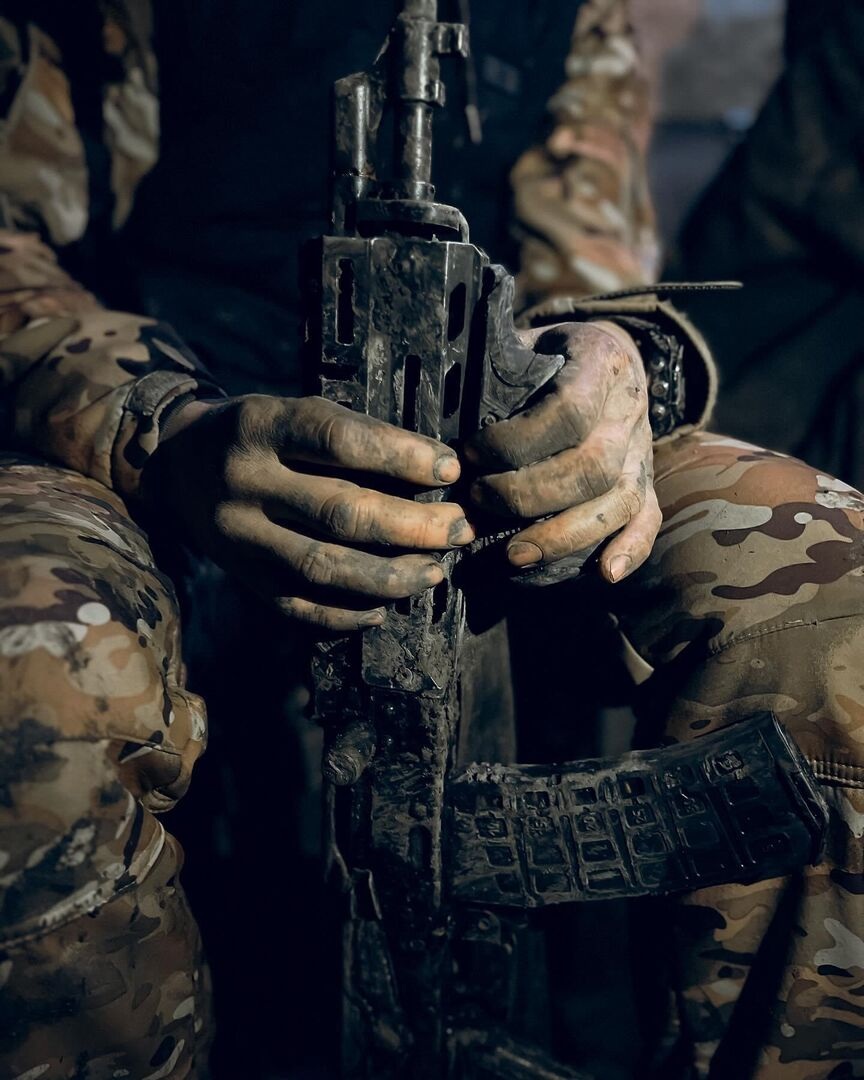
Ukrainian soldiers look tired (Photo: Telegram).
In warm weather, if the wound is not serious, the soldier can stay in the field and wait for the right time to evacuate. In winter, they may not survive until then due to hypothermia.
In addition to clothing, the front lines in winter needed a lot of stoves, heaters, blankets, sleeping bags and tents.
Winter is probably one of the most difficult periods. So both sides, whether Russia or Ukraine, try to pay more attention to defense.
In the current situation, if neither side applies additional mobilization measures, it is still impossible to talk about the possibility of conducting large-scale offensive operations on a large scale in winter.
However, the weather itself can be both an advantage and a disadvantage, the conditions are the same for everyone. Both Ukraine and Russia are used to such climatic conditions, so it is difficult to say that everyone is more or less ready or accustomed to cold weather and snow. It will be difficult for everyone.
Whoever draws the right conclusions from last year's "snow battle" and better prepares materially for winter will have the advantage.
Source


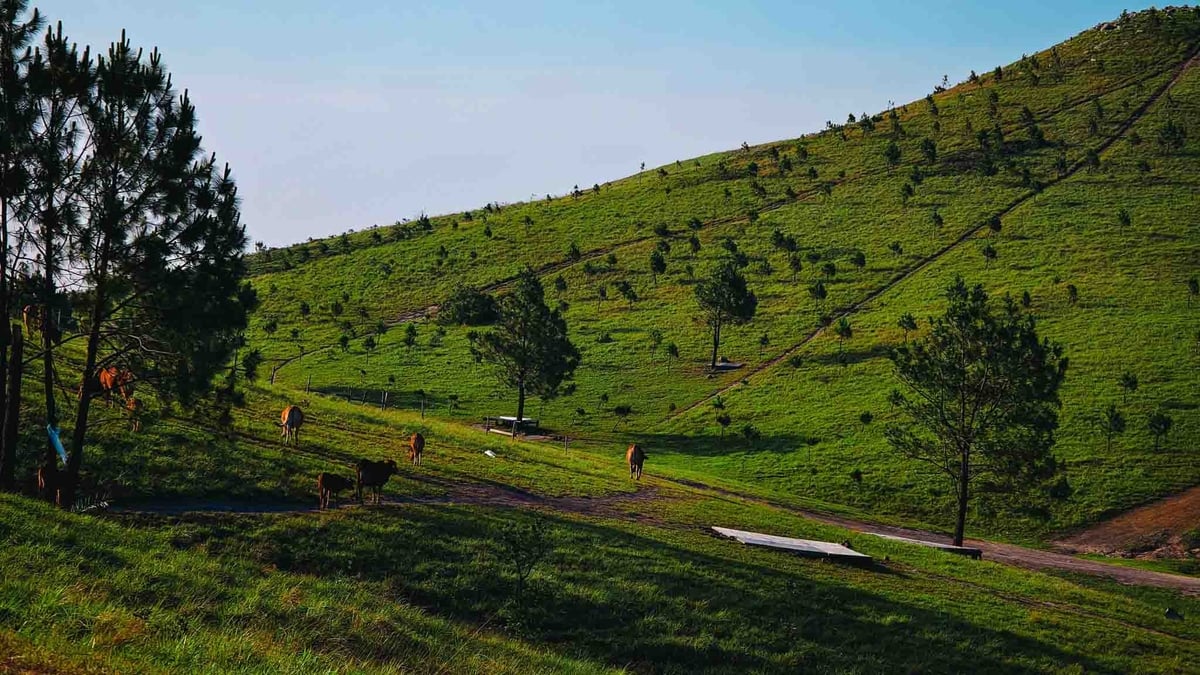
![[Photo] Prime Minister Pham Minh Chinh chairs the Government's special meeting on law-making in May](https://vphoto.vietnam.vn/thumb/1200x675/vietnam/resource/IMAGE/2025/5/22/1c880aae96fd4e0894abc47a46fe19ba)

![[Photo] Prime Minister Pham Minh Chinh attends the groundbreaking ceremony of Trump International Hung Yen Project](https://vphoto.vietnam.vn/thumb/1200x675/vietnam/resource/IMAGE/2025/5/21/ca84b87a74da4cddb2992a86966284cf)


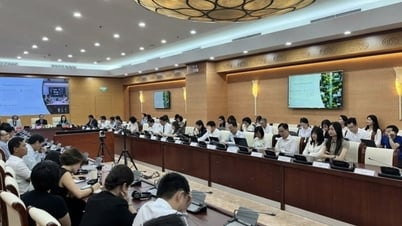



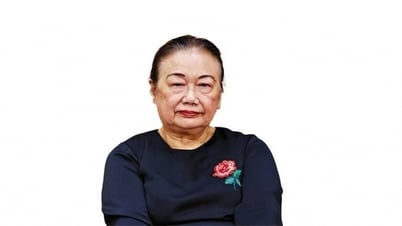

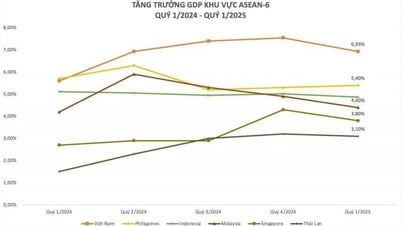




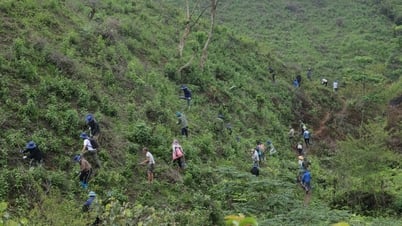
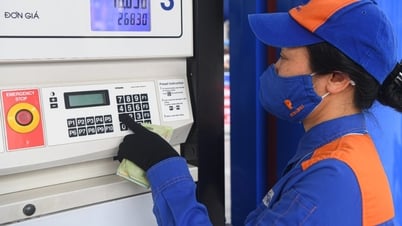


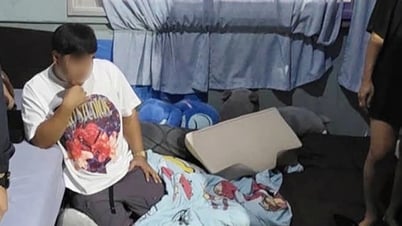





































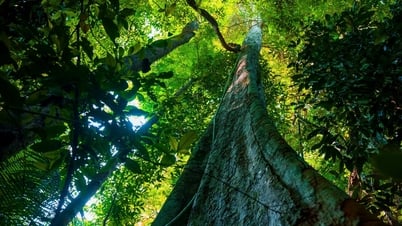

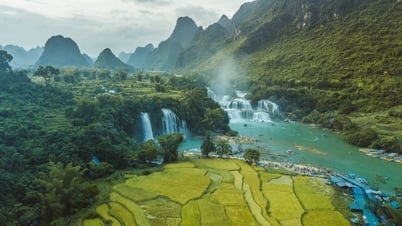


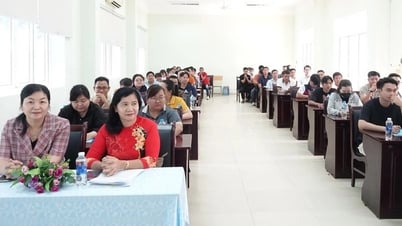
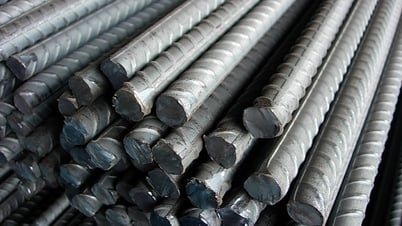


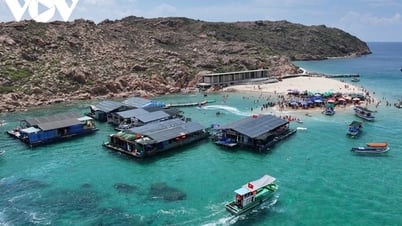
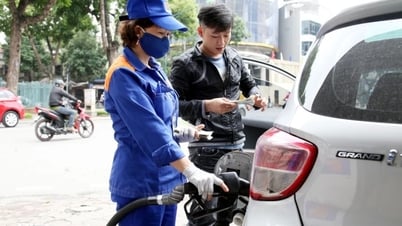





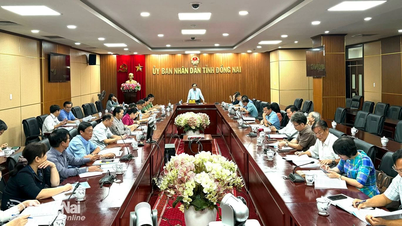
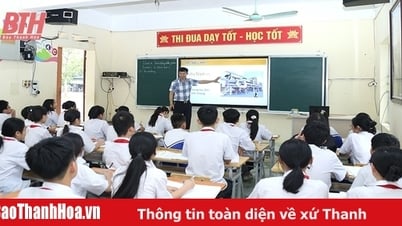







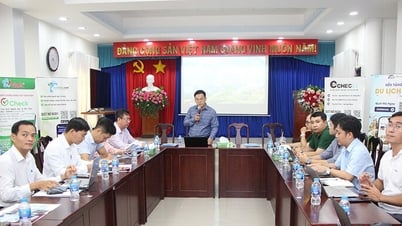





Comment (0)